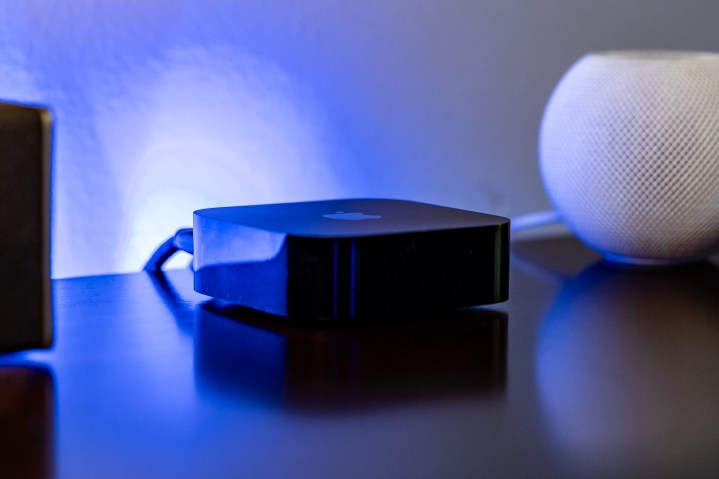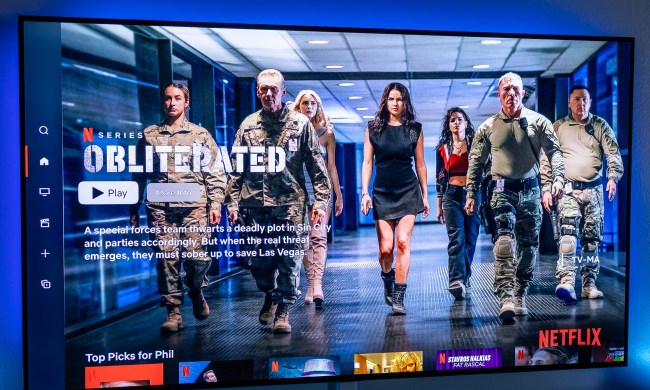If you’re tired of paying too much for a cable subscription that doesn’t deliver the shows you want to watch, then it may be time to cut the cord and head for greener pastures with streaming. Unlike the early days of streaming, the most popular streaming services and smart TVs now deliver access to huge amounts of content with VOD libraries, along with great new exclusive movies and shows. Even better, some streaming services also offer live streaming, which means you can still catch every new episode of your favorite shows without being hit with an expensive cable subscription.
Of course, having tons of options doesn’t actually make figuring out which streaming service is right for you any easier. After all, Hulu + Live TV is different from Netflix, and when you start considering the options that Amazon Prime Video delivers, things get even trickier. When you throw streaming devices into the mix, it complicates everything even more. Have no fear, as we’ve got all the details you need to make an informed decision. Let’s dig in.
Internet speed and streaming

Before you start digging into streaming services, you’ll need to take a peek at your internet speed. Streaming video requires a stable internet connection, and the quality of video is dependent on the speed of your connection. That’s why you may notice glitchy or low-quality video when streaming off your phone while you’re out and about, versus when you’re sitting at home on the Wi-Fi.
To stream in HD (1080p), you’ll need a minimum of 5Mbps available, and more is required for higher-quality streams like 4K video. If you’re not the only one in the house watching TV, or using the computer, then it’s worth accounting for how much speed is being used by the entire household. If you’re trying to stream during peak times when everyone else in the neighborhood is also trying to stream, you may run into problems. With this in mind, if you’re planning on replacing your cable subscription, we suggest snagging a high speed-internet connection. If you aren’t sure that your current plan is fast enough, it’s easy enough to run a quick speed test online to find out in just a few minutes.
Streaming services

The most important thing when considering a streaming service is whether it has access to the shows you really want to watch. These days, there are tons of great options available, but not all streaming services are equal. When it comes to choosing the right streaming service for you, it’s worth thinking about what you want to watch, and how much you can afford to pay.
There are three basic types of streaming services to check out: VOD (video-on-demand), live streaming, and FAST (Free advertising-based streaming television) services.
VOD services are probably what you think of when you think of a streaming service. You pay a monthly subscription fee, and can access all the content that service has to offer. The most popular streamers like Netflix, Disney+, and Max all follow this model, and deliver massive libraries of content for you to explore at your own pace. Each service has a different library, and along with old favorites, there is also a push for original programming. This means each streamer has its own exclusive content you can only get there.
FAST services work very similar to watching cable at home. Shows have a set schedule, and everyone is watching the same thing at the same time. Unlike most streaming services, there’s no upfront cost to the consumer because everything on these services is supported by advertising. The only catch is that you won’t have access to the most popular channels like you would with paid streaming services. Each service has its own programming, and options like Pluto TV and Tubi all deliver plenty of movies and shows for you to check out for the low, low, price of free.
Live TV streaming isa newer option, and it lets you watch live TV as it airs. You still pay a monthly subscription fee and have access to any VOD content the library offers, but you also have access to specific channels or shows through the streaming service. Hulu + Live TV, Sling TV, and YouTube TV are three of the most popular options that all deliver a variety of live-streaming TV channels. Each service has its own agreements for which channels it can show, so it’s worth taking a look at the channel list to ensure that the streaming service you choose actually has access to the content you want to watch.
One thing to remember when deciding which streaming services you want to subscribe t, is the associated costs. Cutting the cord doesn’t necessarily mean that you’re going to end up spending less. Many streaming services offer add-ons that can quickly add up. On the other hand, some services can be bundled together instead of paying for them separately, saving you a few dollars in the process.
Streaming devices

Once you’ve chosen a streaming service with the shows you want to watch, the next thing to consider is how you’re going to access those shows. While you can stream through your phone, tablet, or computer, the best way to watch your shows is on the TV. For that, you’re going to need a streaming device. Thankfully, you have plenty of options. From Blu-ray players, to smart TVs, to dedicated devices like Roku, accessing your shows on the TV is easier than ever.
If you already have a Blu-ray player or smart TV, its worth checking the manufacturer information as they might have built in access to streaming services. Likewise, if you have a PlayStation or Xbox console, you can download streaming apps and access their programming that way. If you don’t have any of this equipment in the house already, it’s gonna be time to do some research to find the streaming device that works best for you.
For dedicated streaming devices, that is tech that is built just to help you stream content, you have two basic options. You can opt for a stick like the Amazon Fire TV Stick 4K Max or the Roku Streaming Stick 4K. These options are about as simple as it gets, — you just plug them into the back of your TV, follow the instructions to get set up, and then you’ll be able to access different streaming services after logging in. Streaming sticks also tend to be fairly inexpensive, which can be handy if you’re on a tight budget.
Streaming boxes are a step up from streaming sticks, and instead of hiding behind your television, they’re meant to be out in the open. This can help with connectivity, as well as making it easy for your streaming box to connect to other devices in their manufacturer ecosystem. Google has the Google TV Streamer, which replaced Chromecast in 2024, and Apple has the Apple TV 4K.
Start watching

Once you’ve decided on a streaming service (or two), checked your internet speed, and set up your streaming device, it’s time to start watching. Cutting the cord is all about choice. It gives you the freedom to choose the streaming experience you get, whether that means you have access to live TV or you’re just checking out what options the FAST streamers have to offer.
The streaming landscape is always changing, and there are more options every day. The good part is that it means even if you have niche interests, there is a channel or streamer out there with programs just waiting for you to discover them. With the constant addition of new original movies and television shows, it means there is always something new to catch your eye as well. If you’re tired of being pushed around by cable and satellite companies, ditch the complications and cut the cord. We did — and we don’t have any regrets.



